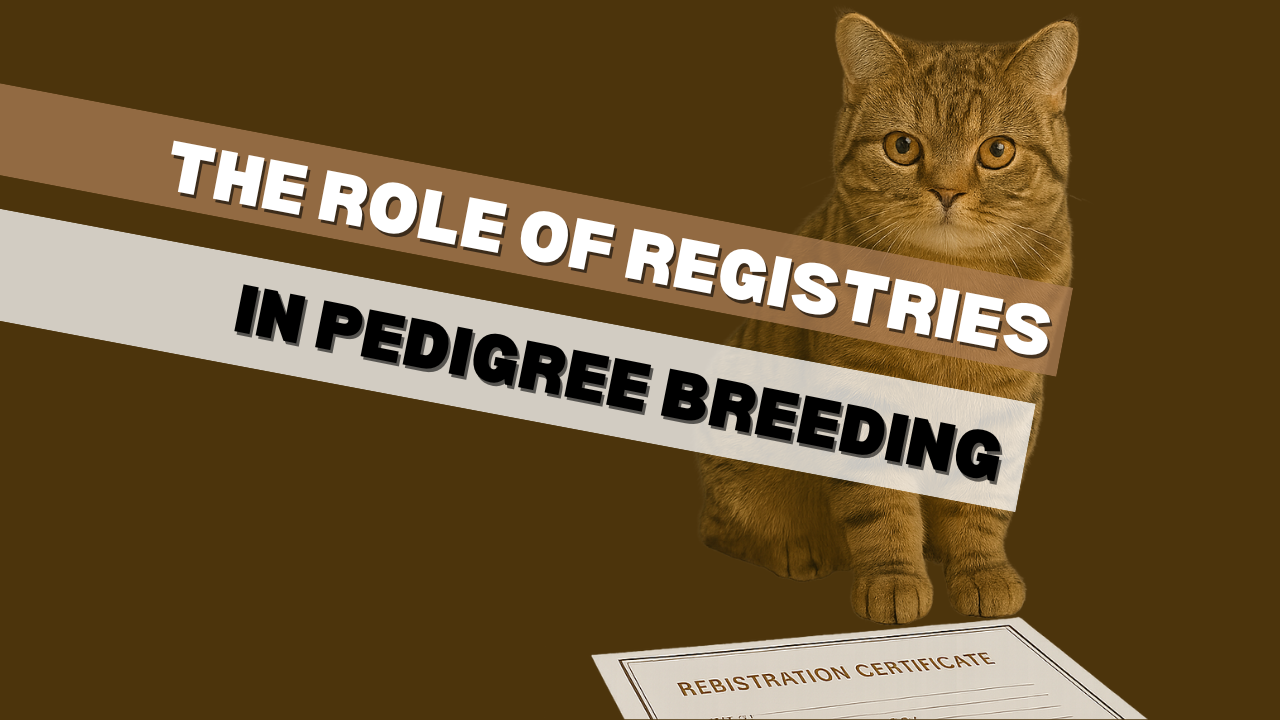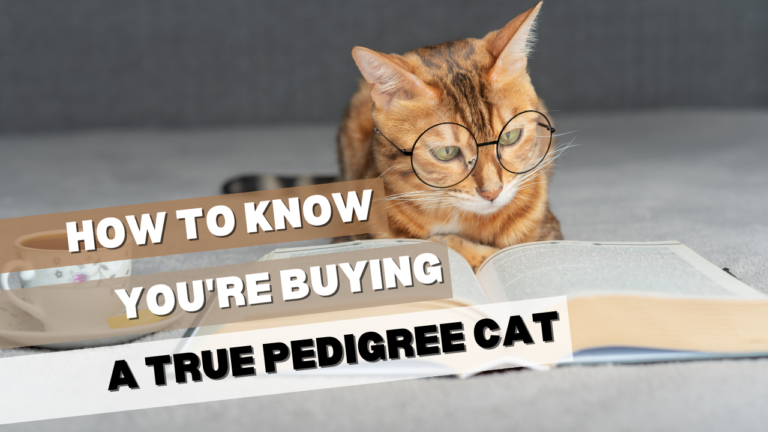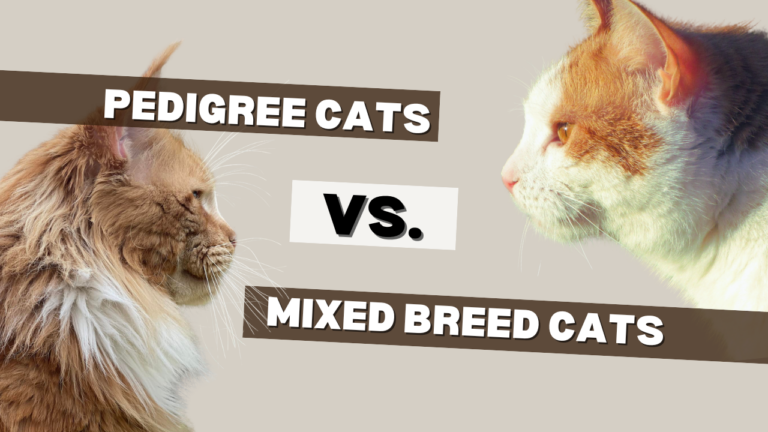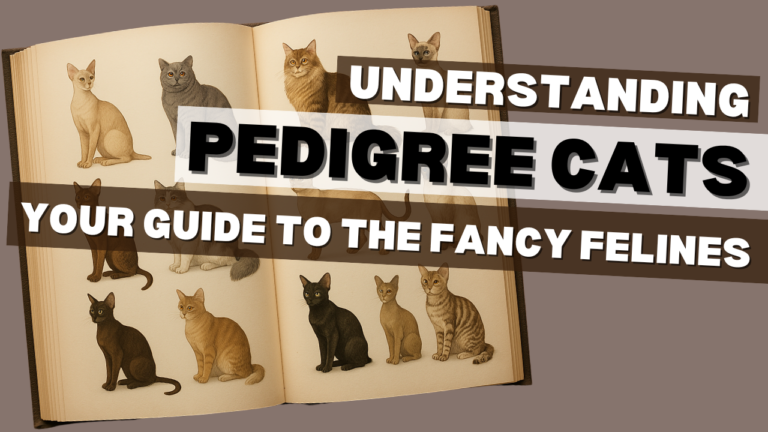The Role of Registries in Pedigree Breeding
Buying a pedigree cat is exciting! You’re not just getting a pet—you’re getting a cat with a special family history. But how do you know that history is real? That’s where registries come in. They’re like super-organized record-keepers that make sure your cat’s family tree is legit. In this blog post, we’ll explore why registries matter, how they work, and what they mean for you as a cat buyer. By the end, you’ll feel confident about picking the perfect pedigree kitty!
What Are Registries, Anyway?
Imagine a big book that lists every cat in a special club. That’s kind of what a registry is! A cat registry is an official group that keeps track of pedigree cats—cats with parents, grandparents, and great-grandparents all recorded. These groups make sure the cats are purebred, meaning they come from the same breed, like a Siamese or a Maine Coon.
Registries are run by people who love cats and want to keep breeds special. They set rules for breeding and check that every cat’s family history is true. When you buy a pedigree cat, the registry gives you papers—proof that your cat is the real deal. It’s like a birth certificate for your furry friend!
Some big registries you might hear about are the Cat Fanciers’ Association (CFA), The International Cat Association (TICA), and the Governing Council of the Cat Fancy (GCCF). Each one has its own way of doing things, but they all help make sure pedigree cats stay awesome.
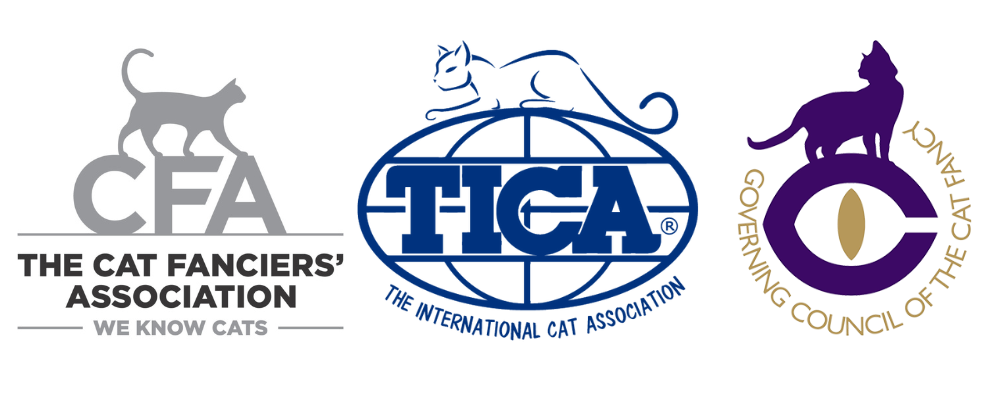
Why Do Registries Matter for Pedigree Cats?
Registries are super important because they protect the “pedigree” part of your cat. Without them, anyone could say their cat is a purebred, even if it’s not. That would be a big mess! Here’s why registries are a big deal:
- They Keep Breeds Pure
Registries make sure only cats from the same breed have kittens together. For example, a Persian cat only breeds with another Persian. This keeps the breed’s looks and personality—like fluffy fur or big eyes—the same over time. - They Stop Fake Cats
Some people might try to trick you by selling a regular cat as a pedigree. Registries check every cat’s family tree, so you know you’re getting what you paid for. - They Give You Bragging Rights
When your cat has registry papers, you can show off! It’s proof your cat is special and part of a fancy family line.
For a buyer like you, this means peace of mind. You’re not just buying a cute cat—you’re buying a cat with a real story.
How Do Registries Work?
Registries sound fancy, but they’re pretty simple when you break it down. Here’s how they do their job:
- Breeders Sign Up
People who want to breed pedigree cats join a registry. They promise to follow the rules, like only breeding healthy cats from the same breed. - Cats Get Checked
When kittens are born, the breeder tells the registry. They send in info about the mom and dad cats, who are already in the registry’s records. The registry makes sure everything matches up. - Kittens Get Papers
If the family tree checks out, the kittens get official papers with their names, birth dates, and breed. These papers might even list their parents and grandparents! - Buyers Get Proof
When you buy a kitten, the breeder gives you those papers. You can use them to register your cat with the same group, so the records stay up to date.
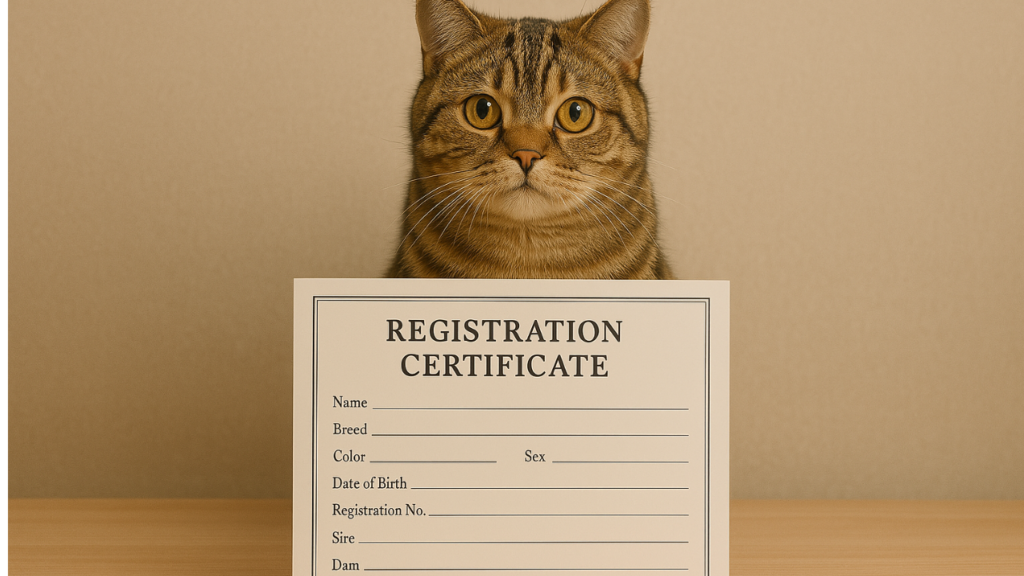
It’s like a big family album, but for cats! Registries keep everything organized so you know exactly where your cat comes from.
What Do Registry Papers Tell You?
When you get a pedigree cat, the papers you get are a treasure map to its past. Here’s what you might find on them:
- The Cat’s Name
Pedigree cats often have long, fancy names like “Lord Whiskers of Fluffington.” It’s fun and shows they’re special. - The Breed
This tells you if your cat is a Ragdoll, Bengal, or another cool popular breed. - Parents’ Names
You’ll see who the mom and dad are. They’ll have papers too! - Birth Date
This is when your cat was born, so you can throw a birthday party. - Registry Info
It shows which group—like CFA or TICA—checked the cat’s history.
These papers are your cat’s story. They prove it’s a true pedigree and not just a random kitty with a made-up tale.
How Registries Help You Pick the Right Cat
As a buyer, registries are your best friend. They help you make smart choices when picking a pedigree cat. Here’s how:
- You Can Usually Trust the Breeder
If a breeder is part of a registry, they’ve agreed to follow strict rules. That means they’re serious about raising healthy, real pedigree cats. You should still verify your breeder before making a purchase. - You Know the Breed’s Traits
Registries keep info about each breed, like how big they get or if they’re chatty. Want a quiet cat? A loud one? The registry can guide you. - You Avoid Scams
Some sellers might lie about a cat’s background. Registry papers prove the truth, so you don’t waste your money.
When you’re spending money on a pedigree cat, you want to know it’s worth it. Registries make sure you’re not guessing—you’re getting the real thing.
Are All Registries the Same?
Not quite! Different registries have different rules and styles. Here’s a quick look at some big ones:
- Cat Fanciers’ Association (CFA)
This is one of the oldest and biggest. They’re super strict about breeds and love cat shows. If you want a show cat, CFA is a great pick. - The International Cat Association (TICA)
TICA is more laid-back and welcomes more breeds. They’re big on fun and let cats with unique looks join in. - Governing Council of the Cat Fancy (GCCF)
This one’s big in the UK. They focus on health and keeping breeds pure, with lots of rules for breeders.
Each registry has its own vibe, but they all care about pedigree cats. When you buy your cat, ask the breeder which registry they use. It’ll tell you what to expect!
What If a Cat Isn’t Registered?
Sometimes, a cat doesn’t have registry papers. Does that mean it’s bad? Not always! Here’s what it could mean:
- It’s Not Purebred
Without papers, there’s no proof the cat’s family is all one breed. It might still be cute, but it’s not a pedigree. - The Breeder Skipped It
Some breeders don’t bother with registries. That could be okay, but it’s harder to trust the cat’s history. - It’s Cheaper
Unregistered cats usually cost less. If you just want a pet and don’t care about papers, that might work for you.
But if you’re dreaming of a pedigree cat with a fancy family tree, stick to registered ones. It’s the safest way to get what you want. Here’s how to know if you’re getting a TRUE Pedigree cat.
Your Next Steps as a Cat Buyer
It’s time for you to decide if you want to Pedigree cat or a mixed breed cat. Ready to find your pedigree cat? Here’s what to do:
- Pick a Breed
Look up breeds on registry websites. Do you want a fluffy Persian or a playful Abyssinian? Choose one that fits your life. - Find a Breeder
Check with registries like CFA or TICA for lists of trusted breeders. Ask them about their cats and papers. - Ask for Papers
When you find a kitten, make sure the breeder gives you registry papers. Double-check the info! - Meet Your Cat
Visit the kitten to see if it’s healthy and happy. A good breeder will let you play with it first. - Register Your Cat
Once you bring your kitty home, you can add it to the registry yourself. It’s like officially welcoming it to the pedigree club!
Buying a pedigree cat is a big deal, and registries make it fun and safe. They’re the key to finding a cat with a real story—one you’ll love telling everyone about.

Wrapping It Up
Registries are the heroes of pedigree breeding. They keep track of cat families, make sure breeds stay special, and help you find a healthy, purebred kitty. For a buyer like you, they’re your ticket to a cat you can trust—one with a fancy history and a bright future. So, when you’re ready to bring home your pedigree pal, look for those registry papers. They’re your guarantee of something pawsitively amazing!

